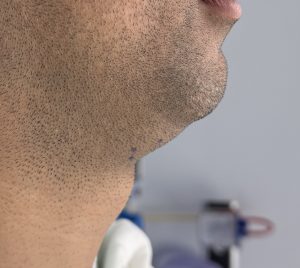Chin augmentation using implants remains the most common method of surgical facial bone enhancement. In recent years, the number of chin implants performed in the U.S. has grown significantly. This trend is partly due to the popularity of injectable fillers, which allow patients to “test drive” a more defined chin. While fillers can be maintained over time, many patients ultimately seek a permanent result — leading them to choose a chin implant.
The Evolution of Chin Implants
Chin implants have a long and established history as the original facial bone enhancement procedure. Over decades, their styles and sizes have become highly refined — with seven basic shapes and four to five sizes per shape, offering as many as 30 standard options. In theory, this range should accommodate nearly any patient seeking chin augmentation.
However, a growing number of patients now request custom-designed chin implants. As 3D CT scans have become more accessible and affordable, it’s easier than ever to design implants tailored to a patient’s exact anatomy and goals. Originally reserved for reconstructive cases, custom chin implants are increasingly used in purely aesthetic procedures — offering precise control over shape, dimensions, and even screw fixation points.
Case Study: Custom Square Chin Implant
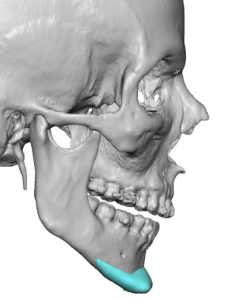
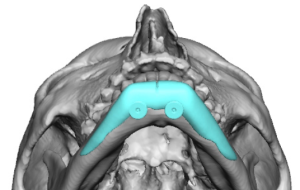
Surgical technique:
-
Through a small submental incision, liposuction was performed to contour the submental neck.
-
The incision was extended, exposing the chin bone and creating a subperiosteal pocket.
-
The custom implant was inserted and secured with bilateral self-drilling screws through the inferior border tabs.
-
The soft tissue chin pad was redraped and the incision closed.
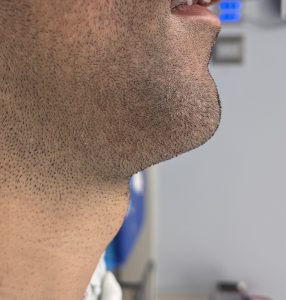
Why Custom Design Matters
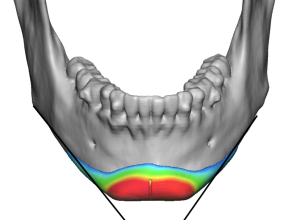
Additionally, pre-designed screw fixation points along the inferior border allow for thinner flanges, making it possible to use self-drilling screws even for implants with >5mm projection. This simplifies fixation while maintaining implant stability.
Key Takeaways
1) Custom chin implants offer preoperative control over shape, projection, and dimensions — ideal for patients with specific aesthetic goals.
2) Screw fixation points can be incorporated into the design, optimizing placement and surgical ease.
3) A square chin requires aggressive corner definition, not simply increased width, for the desired external effect.

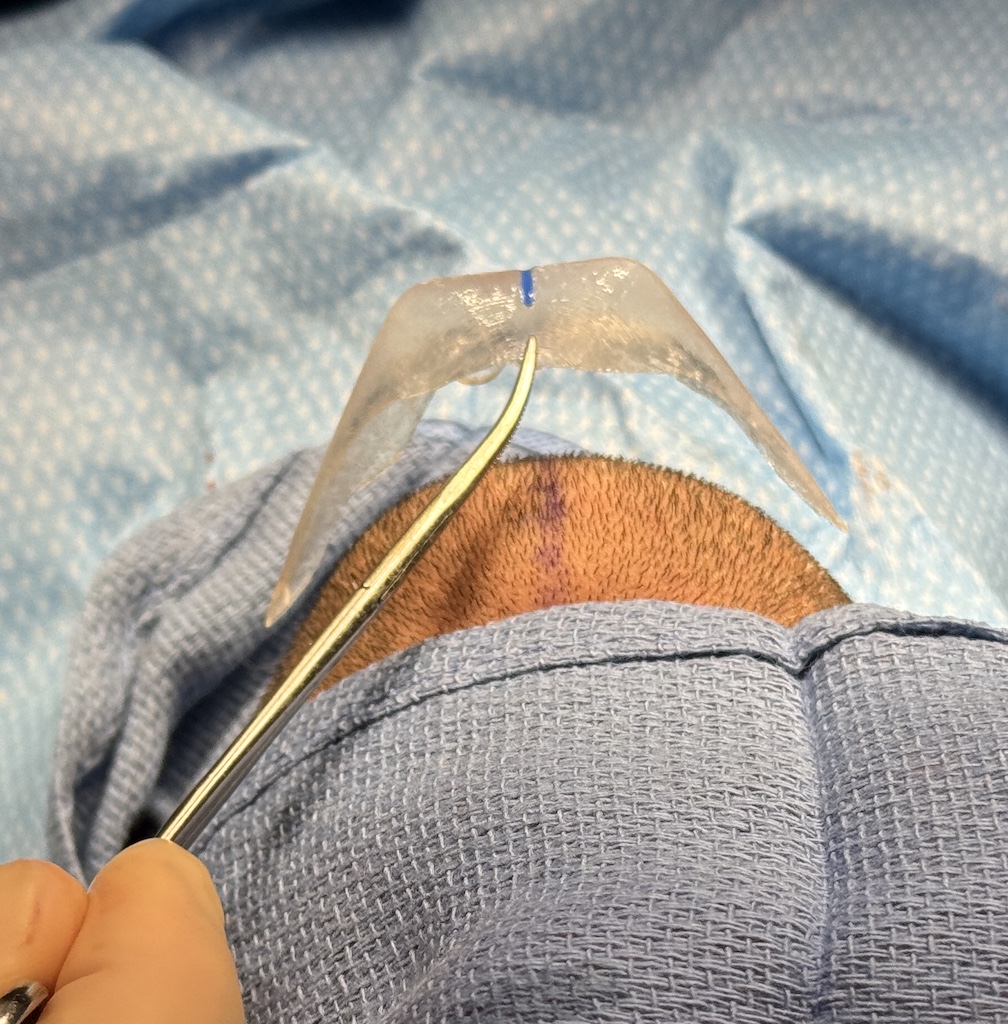


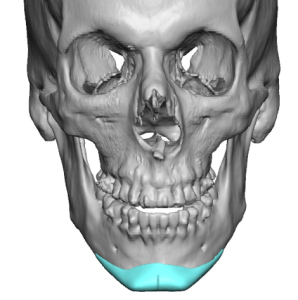
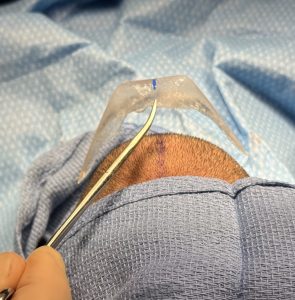
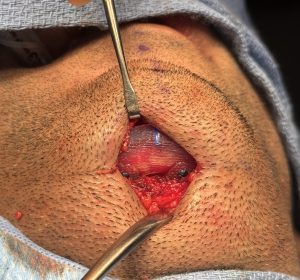 The custom implant was inserted and secured with bilateral self-drilling screws through the inferior border tabs.
The custom implant was inserted and secured with bilateral self-drilling screws through the inferior border tabs.